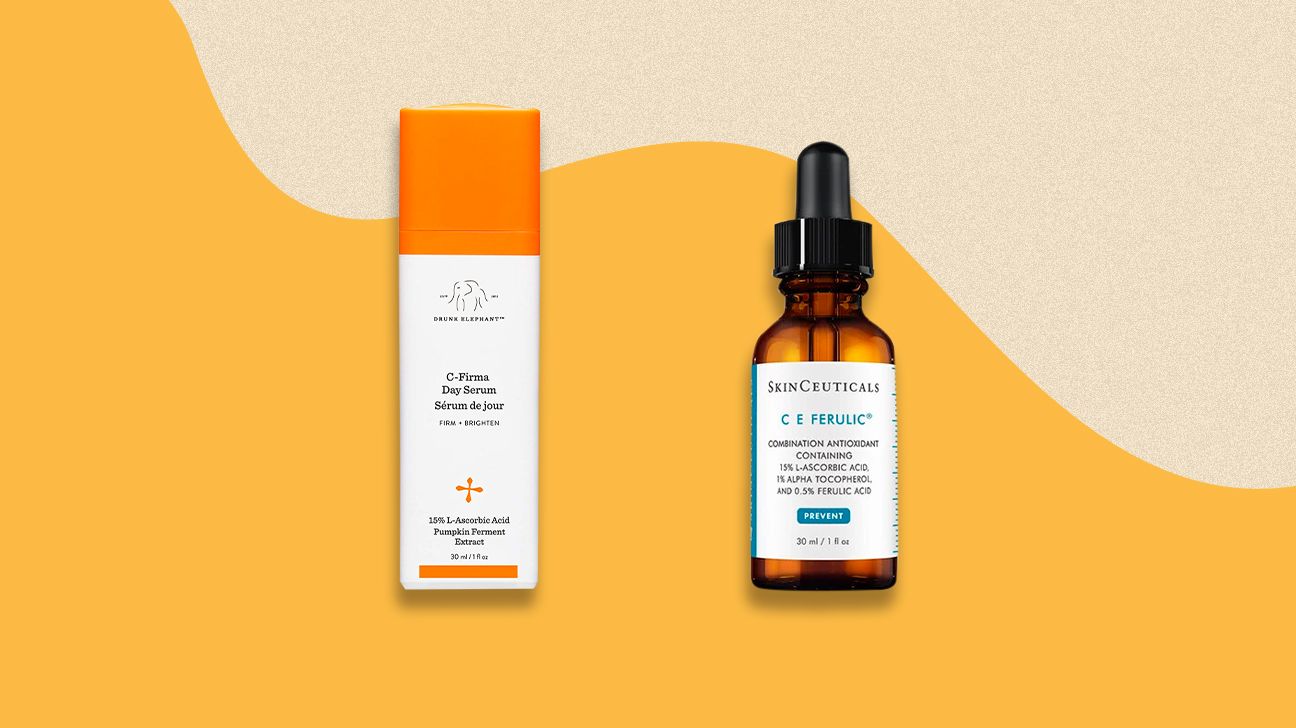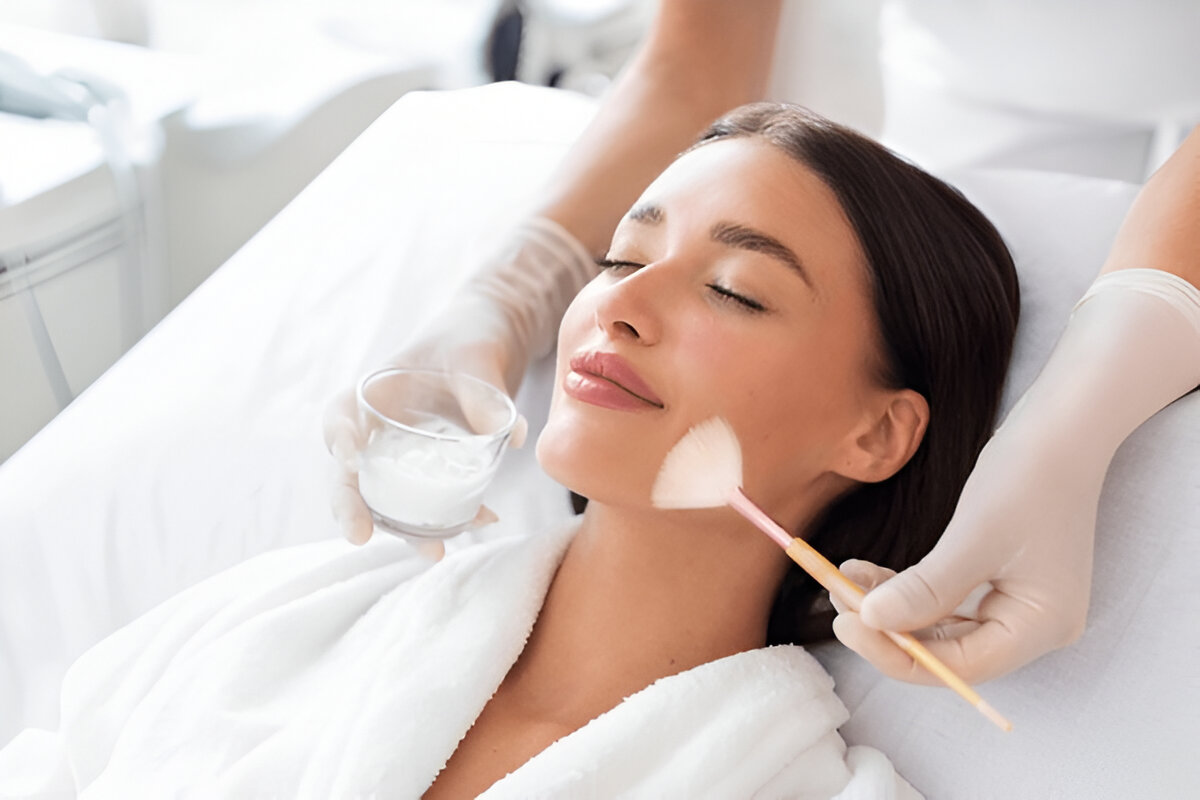
Fading Acne Scars: 14 Advanced Treatments That Actually Work
Acne may come and go, but the scars it leaves behind? They tend to stick around much longer than we’d like. Whether you’re dealing with stubborn dark marks, textured scars, or deep indentations, acne scarring can be just as frustrating—if not more so—than the breakouts themselves.
The good news? You don’t have to live with them forever. With the right treatment plan, patience, and a little help from science, you can dramatically fade, soften, and even eliminate acne scars over time.
We’ve rounded up the 14 best, dermatologist-recommended treatments to help fade acne scars—covering everything from at-home options to in-office procedures. Whether you’re into skincare routines or professional treatments, there’s something on this list that can work for you.
Acne may be temporary—but the scars it leaves behind? That’s a whole different story. You finally get your breakouts under control, only to be left with reminders that seem to hang around for months (or even years). Whether you’re struggling with dark spots, textured indentations, or raised marks, dealing with acne scars can feel like a never-ending battle.

And let’s be real—these scars aren’t just skin-deep. They can take a toll on your confidence, your self-image, and even your willingness to go makeup-free. For many people, acne scars are more frustrating than the pimples themselves—especially when nothing seems to work fast enough.
But here’s the good news: You’re not stuck with them forever.
Thanks to advances in skincare science and cosmetic dermatology, there are now more options than ever before to treat, fade, and even erase acne scars—no matter what type you’re dealing with. From simple at-home ingredients and targeted serums, to cutting-edge clinical treatments, you can create a routine that helps your skin heal and look smoother over time.
Understanding Acne Scars: What Are They Exactly?
Before diving into the treatments, let’s get clear on what acne scars really are.
There are two main types of acne scars:
- Atrophic Scars (Indented Scars)
These appear as pits or depressions in the skin. They’re caused by a loss of collagen during the healing process. The most common types are:- Ice Pick Scars: Deep and narrow
- Boxcar Scars: Wide and U-shaped with sharp edges
- Rolling Scars: Wide and shallow with smooth edges
- Hypertrophic or Keloid Scars (Raised Scars)
These are caused by excess collagen production, which results in raised, thickened tissue that may feel firm or rubbery.
And then there’s Post-Inflammatory Hyperpigmentation (PIH):
This isn’t technically a scar, but rather discoloration or dark spots that remain after acne has healed. They tend to fade with time, but can benefit from targeted treatments.
14 Best Treatment Options to Fade Acne Scars
/assets/images/provider/photos/2780971.png)
Let’s break down the best and most effective ways to fade acne scars—starting from the least invasive to more intensive solutions.
1. Sunscreen (SPF) – Your #1 Scar-Fading Essential
It might sound simple, but daily sunscreen use is the most important step in fading acne scars.
Why it works:
- UV exposure can darken scars and slow down healing.
- Protects skin from further inflammation and discoloration.
Pro Tip:
Use a broad-spectrum SPF 30+ every day, even if it’s cloudy or you’re indoors near windows.
2. Topical Retinoids (Retinol, Tretinoin)
Retinoids are vitamin A derivatives that help stimulate cell turnover and boost collagen production.
Benefits:
- Smooths texture
- Fades dark spots
- Helps treat active breakouts to prevent future scarring
Best for:
Atrophic scars, PIH, and overall skin renewal
3. Alpha Hydroxy Acids (AHAs)

These chemical exfoliants (like glycolic acid or lactic acid) work by gently sloughing off dead skin cells to reveal smoother, brighter skin underneath.
Benefits:
- Reduces hyperpigmentation
- Improves texture and tone
- Minimizes the appearance of shallow scars
Tip:
Start with a low concentration (5–10%) a few times a week and increase as tolerated.
4. Beta Hydroxy Acid (Salicylic Acid)
Salicylic acid is oil-soluble, which means it penetrates deep into pores to clear up breakouts and fade marks left behind.
Why it’s great:
- Fades PIH and surface-level scarring
- Prevents future breakouts
Perfect for oily or acne-prone skin types.
5. Vitamin C Serums

Vitamin C is a powerful antioxidant known for its skin-brightening and anti-inflammatory effects.
Why it works:
- Helps lighten dark spots
- Promotes collagen production
- Protects skin from environmental damage
Look for a stable form of vitamin C like L-ascorbic acid in concentrations between 10%–20%.
6. Niacinamide
This multitasking ingredient helps with inflammation, redness, and pigmentation.
Why dermatologists love it:
- Evens out skin tone
- Calms irritation
- Fades dark marks gently over time
Bonus: It’s well-tolerated by sensitive skin and pairs beautifully with other actives.
7. Chemical Peels

Professional chemical peels use stronger acids to deeply exfoliate and resurface the skin.
Types include:
- Glycolic Acid Peels
- TCA (Trichloroacetic Acid) Peels
- Jessner’s Peel
Best for:
Hyperpigmentation, fine lines, and superficial scarring
Note: Downtime can vary depending on the strength of the peel.
8. Microneedling
Also known as collagen induction therapy, microneedling uses tiny needles to create micro-injuries in the skin, encouraging collagen production.
Why it’s effective:
- Smooths out indented scars
- Stimulates natural healing
- Improves skin texture and elasticity
Can be done at home with dermarollers, but in-office treatments are more effective and safer.
9. Laser Resurfacing
Laser treatments work by removing the outer layer of skin and heating deeper layers to stimulate collagen.
Options include:
- Ablative lasers (like CO2): for deep scars
- Non-ablative lasers (like Fraxel): less downtime, great for pigmentation
Best for:
Moderate to severe atrophic scars and pigmentation issues
10. Radiofrequency Microneedling

A newer, more advanced version of microneedling that combines radiofrequency energy with microneedling for added tightening and collagen production.
Benefits:
- Minimal downtime
- Noticeable improvements in texture and firmness
- Effective for deep rolling and boxcar scars
11. Dermal Fillers
Dermatologists can inject fillers (like hyaluronic acid) into indented scars to plump and even out the skin surface.
Best for:
Rolling scars or deeper atrophic scars that haven’t responded to topicals
Results:
Immediate but temporary (typically 6–12 months)
12. Subcision
This minor surgical procedure uses a needle to break fibrotic strands under the skin, which helps lift depressed scars.
Best for:
Rolling and tethered scars
Usually performed alongside fillers or laser treatments for maximum results.
13. Cryotherapy (for Raised Scars)

Cryotherapy involves freezing hypertrophic or keloid scars using liquid nitrogen to flatten and reduce their size.
Often used in combination with:
Steroid injections for more aggressive scar types.
14. Scar Gels and Silicone Sheets
These over-the-counter treatments are especially helpful for raised scars or post-surgical marks.
Benefits:
- Hydrate the scar area
- Flatten and soften over time
- Reduce redness and itching
Look for medical-grade silicone products and use them consistently for at least 8–12 weeks.
How Long Does It Take to Fade Acne Scars?
Results depend on the type of scars and the treatment method used.
- PIH or discoloration: May begin fading in 4–8 weeks with consistent skincare.
- Indented or textured scars: May require multiple sessions of professional treatments over several months.
- Raised scars: Respond to targeted therapies like cryotherapy or injections within a few months.
Consistency and patience are key.
Pro Tips to Prevent Future Acne Scarring
- Don’t pick or pop pimples—this is the fastest way to scar.
- Treat acne early and consistently to minimize inflammation.
- Use sunscreen daily to protect healing skin.
- Incorporate gentle exfoliants to speed up cell turnover.
Table of Contents
Frequently Asked Questions (FAQ)
Q: Can acne scars go away completely?
Some scars can fade completely, especially surface-level discoloration (PIH). Deep, indented scars often require professional treatment to see major improvement, though complete removal may not always be possible.
Q: What’s the fastest way to fade acne scars?
Laser treatments and chemical peels are among the fastest, but pairing topical retinoids and vitamin C with professional options often delivers the best long-term results.
Q: Are natural remedies like aloe vera or lemon juice effective?
While aloe vera can soothe skin, most natural remedies lack the strength to significantly fade scars—especially deep or textured scars. Stick with clinically backed treatments for real results.
Q: Do acne scar treatments work for all skin types?
Yes, but it’s important to tailor your treatment to your skin tone and type. For example, deeper skin tones may need gentler laser options to avoid pigmentation issues.
Q: Can I combine multiple treatments?
Absolutely—but it should be done under the guidance of a dermatologist. Combining topicals and in-office procedures often yields the best results.
Final Thoughts: Start Where You Are, and Stick With It
Acne scars can be emotionally and physically frustrating, but you’re not stuck with them forever. With so many effective treatment options—from over-the-counter products to professional procedures—you can absolutely take control of your skin’s healing journey.
Whether you start with a brightening serum or go for advanced treatments like microneedling or laser resurfacing, the key is consistency, patience, and a routine that fits your skin’s needs. And remember, every step you take toward healing is progress.
Your scars don’t define you—but fading them can help you feel more confident in the skin you’re in.